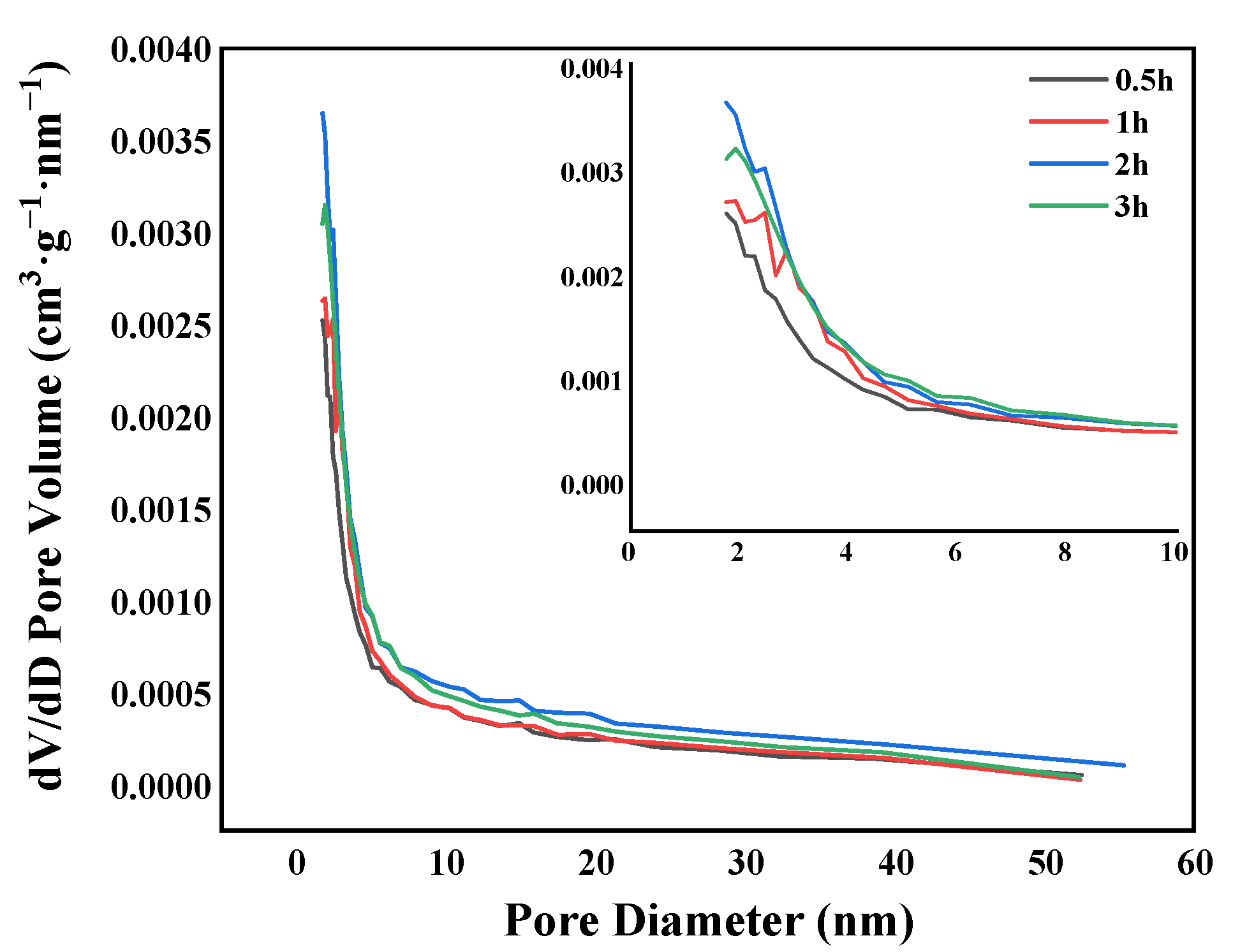

Recent studies have found that the competitive relationship between invasive and native plants can also change with the invasion process and species coevolution ( Liu et al, 2018). Invasive plants usually have higher rates of growth, diffusion, and reproduction than native plant species, which can make them easily become the dominant or even constructive species and thus enhance their competitive advantages, and this will strongly affect the community structure and interspecific competition patterns ( Gu et al., 2021 Cai et al., 2022). In natural ecosystems, limited available resources cause intense bio-interactions among plant species that have similar resource requirements, thereby weakening their growth, survival, and reproduction, which leads to interspecific competition ( Prass et al., 2022 Tumber-Davila et al., 2022). Under rapid global environmental change, the negative effects of plant invasion on the environment, economic development, and human health continue to increase ( Wu and Ding, 2019 Fantle-Lepczyk et al, 2022). philoxeroides in natural ecosystems could be further enhanced. Under intensified nitrogen deposition, the biotic replacement effect of O. articulata had better individual and underground competitive advantages. articulata in terms of morphology, physiological plasticity, and photosynthetic efficiency. philoxeroides in deep soil furthermore, it significantly enhanced the advantages for O. These results indicate that nitrogen addition increased the N absorption and assimilation ability of A. philoxeroides by 18.649 and 23.507%, respectively, in mixed cultures. articulata, and decreased the initial fluorescence (F 0) and maximal fluorescence (F m) of A. Nitrogen addition caused a significant trade-off between flavonoid and anthocyanin in O. philoxeroides by 278.767% and decreased the C:N ratio by 66.110% in mixed cultures. Nitrogen addition significantly increased the N content of A. articulata were significant higher than those of A. Nitrogen addition did not affect the biomass accumulation of these two plant species however, the biomass and root/shoot ratio of O. articulata by 128.489% but decreased the root length by 56.974% compared with the control, while it significantly increased the root length of A. We found that, in mixed cultures, nitrogen addition significantly increased the root area of O. We then used multi-way ANOVA and multiple comparisons to examine the differences in the above indicators among treatment combinations. We set three experimental factors-nitrogen treatment, planting type, and species and measured the morphology, biomass, carbon (C) and nitrogen (N) content, physiological traits, and photosynthetic fluorescence of the studied plant species. We conducted a nitrogen addition experiment in a greenhouse to explore the effect of soil nitrogen on the interspecific relationship between invasive alien weed Alternanthera philoxeroides and the noninvasive alien horticultural plant Oxalis articulata.

native plants, thereby changing their coexistence patterns however, the effect of soil nitrogen on the interspecific relationship between alien plants is currently unclear. Soil nitrogen can significantly affect the morphology, biomass, nutrient allocation, and photosynthesis of alien vs.

4Wuhan Botanical Garden, Chinese Academy of Sciences, Wuhan, China.3Xinyang Academy of Ecological Research, Xinyang, China.



 0 kommentar(er)
0 kommentar(er)
